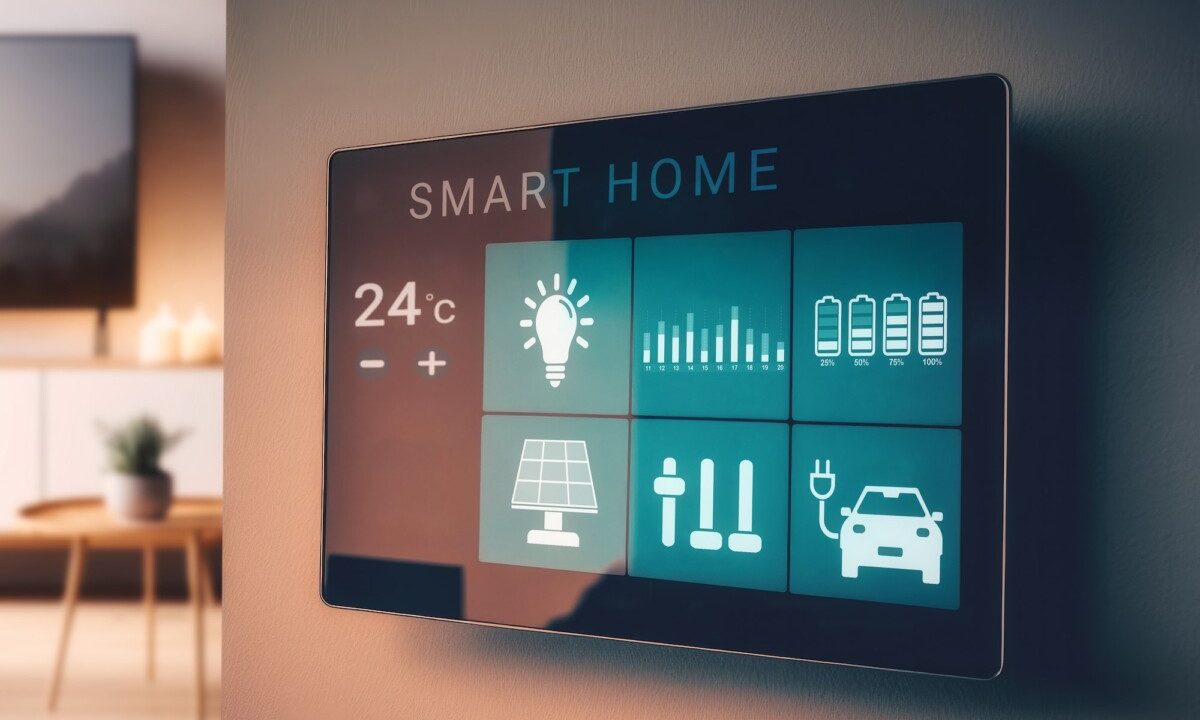Real Estate Developers Harnessing IoT for Smart Buildings
The real estate industry is undergoing a major transformation, driven by the rise of smart buildings. These innovative structures are equipped with Internet of Things (IoT) devices and sensors that enable seamless connectivity and automation, resulting in enhanced efficiency, comfort, and sustainability.
What are smart buildings?
Smart buildings are connected buildings that use IoT technology to collect and analyze data from various systems and devices. This data can then be used to optimize building operations, improve occupant experiences, and reduce energy consumption.
How are IoT devices used in smart buildings?
IoT devices can be used to monitor and control a wide range of building systems, including:
- HVAC systems: IoT sensors can track temperature, humidity, and occupancy levels to optimize heating and cooling.
- Lighting systems: IoT-enabled lights can be programmed to turn on and off automatically based on occupancy or daylight levels.
- Security systems: IoT sensors can be used to detect motion, intrusion, and fire.
- Access control systems: IoT devices can be used to grant or deny access to specific areas of the building.
- Parking systems: IoT sensors can be used to track available parking spaces and direct drivers to the nearest one.
What are the benefits of smart buildings?
Smart buildings offer a number of benefits for both developers and occupants, including:
- Reduced energy consumption: IoT devices can help to optimize energy use by monitoring and controlling building systems. This can lead to significant savings on energy costs.
- Improved occupant comfort: IoT devices can be used to personalize the environment to the preferences of each occupant. This can improve occupant satisfaction and productivity.
- Streamlined building management: IoT devices can provide real-time insights into building operations. This can help to identify and resolve problems quickly, preventing costly downtime.
- Enhanced security and safety: IoT devices can be used to improve security and safety by monitoring and controlling access to the building, detecting intrusions, and responding to emergencies.
- Sustainable operations: IoT devices can help to reduce the environmental impact of buildings by monitoring and controlling energy use, water usage, and waste disposal.
The future of smart buildings
The future of smart buildings is bright. As IoT technology continues to evolve, real estate developers will be able to incorporate even more innovative and sophisticated applications. For example, IoT-powered predictive analytics could be used to forecast energy demand and optimize building operations accordingly.
As the real estate industry embraces smart buildings, it will transform the way we live, work, and interact with our surroundings. These cutting-edge structures will offer improved efficiency, comfort, and sustainability, making them the norm in the years to come.
A real-life example of a smart building
One example of a smart building is the Marina Bay Sands in Singapore. This iconic hotel and casino is equipped with over 60,000 IoT devices that are used to monitor and control everything from the HVAC system to the lighting and security systems. As a result, the Marina Bay Sands is able to save millions of dollars on energy costs each year.
The Marina Bay Sands is just one example of the many smart buildings that are being built around the world. As IoT technology continues to evolve, we can expect to see even more innovative and sustainable smart buildings in the years to come.





